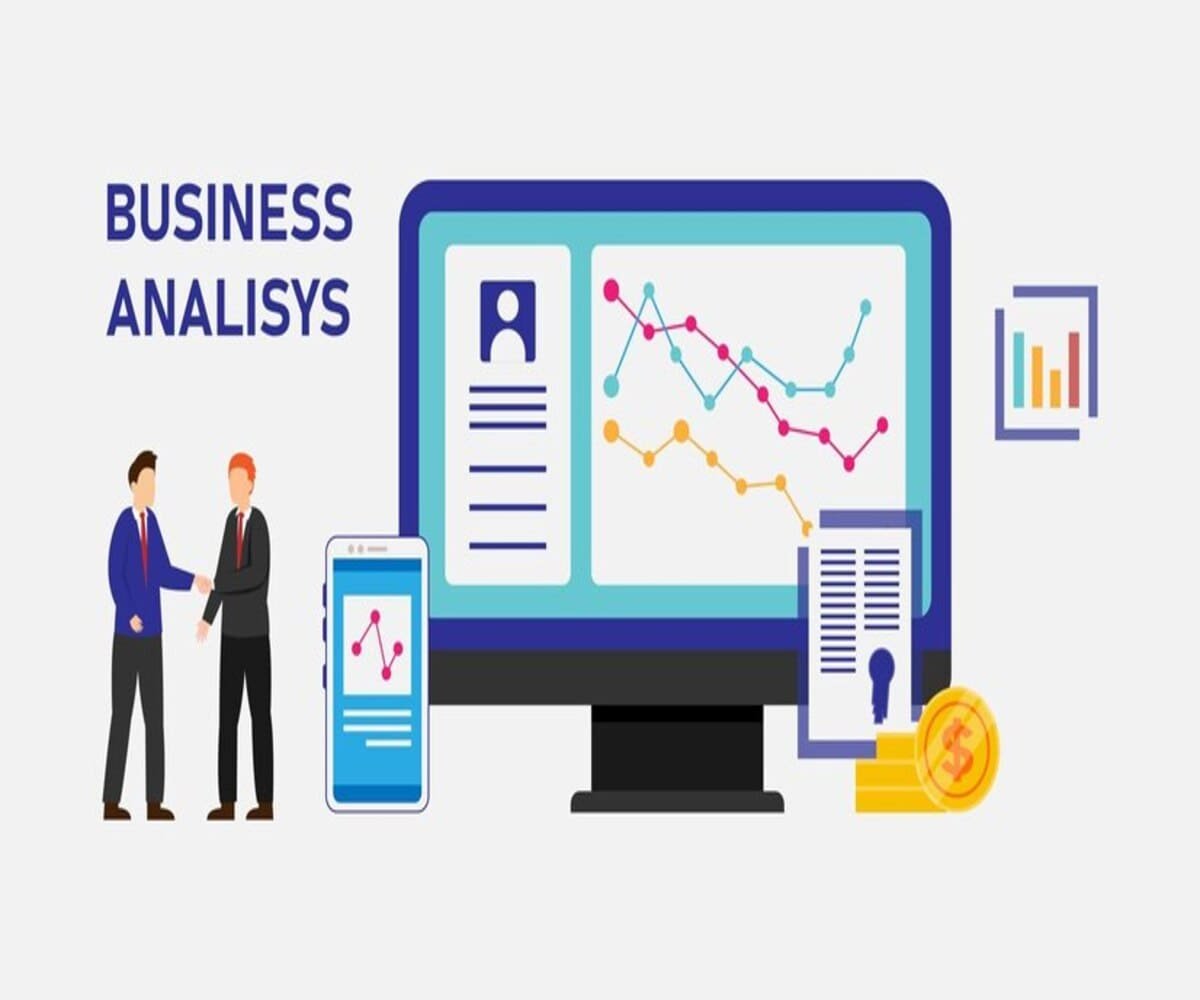Analytics and performance optimization
Analytics and performance optimization are crucial for businesses looking to measure, analyze, and enhance their digital marketing efforts. By leveraging data-driven insights, businesses can improve their strategies, optimize website performance, and increase conversions.
1. Understanding Web Analytics
Web analytics involves tracking and analyzing user behavior on a website to gain insights into traffic, engagement, and conversions. These insights help businesses refine their digital marketing efforts and improve user experience.
Key Benefits of Web Analytics:
- Identifies user behavior and trends.
- Measures the effectiveness of marketing campaigns.
- Optimizes website performance for better user experience.
- Helps improve conversion rates and ROI.
2. Essential Web Analytics Tools
A. Google Analytics
- Tracks website traffic, user behavior, and conversions.
- Provides insights into audience demographics and interests.
- Offers detailed reports on acquisition, engagement, and retention.
B. Google Search Console
- Monitors website performance in Google search results.
- Identifies indexing issues and keyword rankings.
- Provides insights into search queries and click-through rates.
C. Heatmap & Session Recording Tools (e.g., Hotjar, Crazy Egg)
- Visualizes user interactions and click patterns.
- Identifies areas of user frustration and drop-offs.
D. Conversion Rate Optimization (CRO) Tools
- A/B testing tools like Google Optimize and Optimizely.
- Funnel analysis to identify friction points.
3. Key Metrics to Monitor
A. Traffic & User Engagement Metrics
- Pageviews: Number of pages viewed by users.
- Bounce Rate: Percentage of visitors who leave without interaction.
- Session Duration: Average time users spend on the site.
B. Acquisition Metrics
- Traffic Sources: Organic, paid, social, and referral traffic.
- Click-Through Rate (CTR): Percentage of users clicking on ads or links.
- Keyword Rankings: Positioning in search engine results.
C. Conversion Metrics
- Conversion Rate: Percentage of users completing desired actions.
- Cart Abandonment Rate: Percentage of users abandoning checkout.
- Customer Lifetime Value (CLV): Revenue potential of a customer over time.
4. Performance Optimization Strategies
A. Website Speed Optimization
- Use tools like Google PageSpeed Insights to identify speed issues.
- Optimize images, enable caching, and minify CSS/JavaScript.
- Use a Content Delivery Network (CDN) for faster load times.
B. Mobile Optimization
- Ensure mobile responsiveness and fast loading times.
- Optimize navigation and UX for mobile users.
C. SEO & Content Optimization
- Use keyword research to enhance content relevance.
- Optimize metadata, headers, and alt text for better indexing.
D. A/B Testing & Experimentation
- Test different variations of landing pages and CTAs.
- Use heatmaps and user feedback to refine user experience.
5. Tracking & Continuous Improvement
A. Setting Up Goals & Funnels
- Define key performance indicators (KPIs) aligned with business objectives.
- Create conversion funnels to track user progression.
B. Regular Performance Audits
- Conduct periodic reviews using analytics tools.
- Identify and fix performance bottlenecks.
C. Data-Driven Decision Making
- Use analytics insights to adjust marketing strategies.
- Optimize campaigns based on data trends and user behavior.
Final Thoughts
Analytics and performance optimization are essential for achieving digital marketing success. By leveraging data insights, refining strategies, and continuously testing improvements, businesses can enhance user experience, boost conversions, and maximize ROI.
Want to master analytics and optimization? Enroll in our Advanced Digital Analytics & Performance Optimization Course today!

